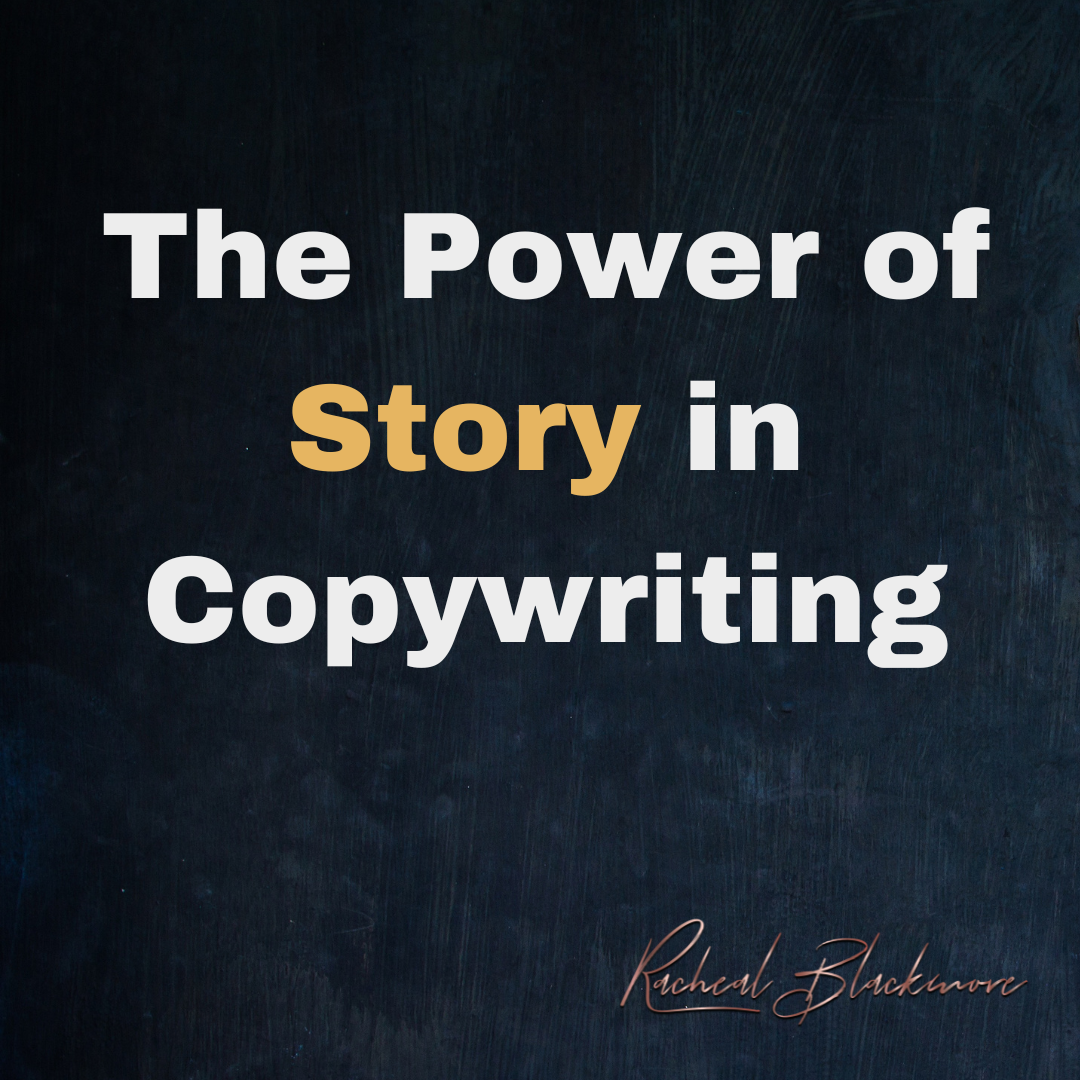
Emotional Appeal: The Heart of Connection and Conversions
Have you ever read something that stopped you in your tracks—not because of the facts, but because it felt like it was speaking directly to your soul? That’s the magic of emotional storytelling.
In today’s noisy digital world, facts alone won’t grab attention or inspire action. It’s emotion that bridges the gap between information and transformation. When your audience feels understood, seen, and inspired, they don’t just read your words—they connect with them on a deeper level.
Think about it: decisions aren’t always logical. Even if we justify them with facts, it’s emotions that nudge us toward action. Whether it’s the excitement of a new opportunity, the relief of solving a problem, or the joy of reaching a goal, emotions are what make your message unforgettable.
Here’s the kicker: saying, “This is exciting” isn’t enough to spark excitement. You need to paint a picture so vivid that your audience doesn’t just read about it—they feel it.
In this blog, we’re diving into:
The science behind why emotions drive action
The five key emotions that inspire connection and conversions
A step-by-step guide to weaving emotional appeal into your storytelling
Ready to turn your words into a catalyst for connection and change? Let’s uncover the art of emotional storytelling and how it can transform your message—and your results.

the power of story in copywriting
Why Storytelling is the Secret to Turning Your Brand into a Relationship
Have you ever encountered a brand that just gets you? The one that speaks directly to your struggles, dreams, and everything in between? When a brand hits that emotional chord, it's not just luck—it’s storytelling. And let me tell you, storytelling is more than just a nice-to-have for marketers and copywriters. It’s the secret sauce that turns an ordinary ad into something unforgettable.
Think about it. When a brand can weave a story that resonates with you—when it taps into your emotions—it creates trust. And when your audience trusts you, they’re way more likely to take action. In today’s world, where attention spans are short and distractions are endless, that emotional connection is what separates the brands you forget from the ones you keep coming back to.
So, how can you tap into the power of storytelling to grab attention and inspire your dream clients to reach for their wallets? In this post, I’ll walk you through why storytelling works and how you can start using it to build real, lasting connections with your audience.

The Copywriter’s Secret Sauce: Problem-Agitate-Solve (PAS) Made Simple
The Problem-Agitate-Solve (PAS) framework is a powerful storytelling tool that helps you connect with your audience on a deep level. It’s simple yet effective:
Problem – Identify the pain your audience is experiencing.
Agitate – Amplify that pain to make it feel urgent.
Solve – Offer your solution, focusing on the transformation it provides, not just the features.
PAS works because it begins with empathy, showing your audience that you understand their struggles and have the perfect solution to make their lives better. By following this formula, you can write copy that feels authentic and drives action.

Craft Stories That Truly Resonate
The Problem-Agitate-Solve (PAS) framework is a powerful copywriting tool that helps you create engaging, persuasive content. PAS works by connecting with your audience on a deep emotional level, identifying their pain points, amplifying the urgency of their struggles, and offering a transformative solution.
This three-step process guides you through crafting copy that speaks directly to your audience’s needs and motivates them to take action.
In the Problem step, you clearly state the challenge your audience faces. Next, in Agitate, you intensify the pain of that problem to make it feel unavoidable. Finally, you Solve the problem by presenting your product or service as the solution, focusing on the transformation your audience will experience.
PAS doesn’t feel "sales-y" because it starts with empathy, showing your audience that you understand their struggles. This approach builds trust and creates a natural progression to your solution.
By using PAS in your writing - whether for emails, social media posts, or sales pages - you can create content that connects, resonates, and converts.
Learn how PAS can transform your copywriting and help you write compelling content that grabs attention and drives results.

Using NLP Techniques in Copywriting
If writing feels tough, NLP (Natural Language Processing) can help make your copy more engaging and persuasive, even if it's not your strength. Here’s how:
Mirror Your Audience’s Language: Use the same words and phrases your audience uses. It builds trust and makes them feel understood.
Focus on Outcomes, Not Features: Highlight how your product benefits your audience, not just what it does.
Use Sensory Language: Paint vivid pictures with sensory details to make your copy come to life.
Ask Engaging Questions: Start with questions that tap into your audience’s needs, sparking curiosity and leading them to your solution.
Use Positive Framing: Empower your audience with positive, action-oriented language.
Create Clear CTAs: Make your calls to action specific, benefit-driven, and clear.
Tell Stories: Share relatable stories that show how your product solves problems and improves lives.
Incorporating these NLP strategies into your writing helps you connect with your audience and drive action, making your copy more effective and impactful.
